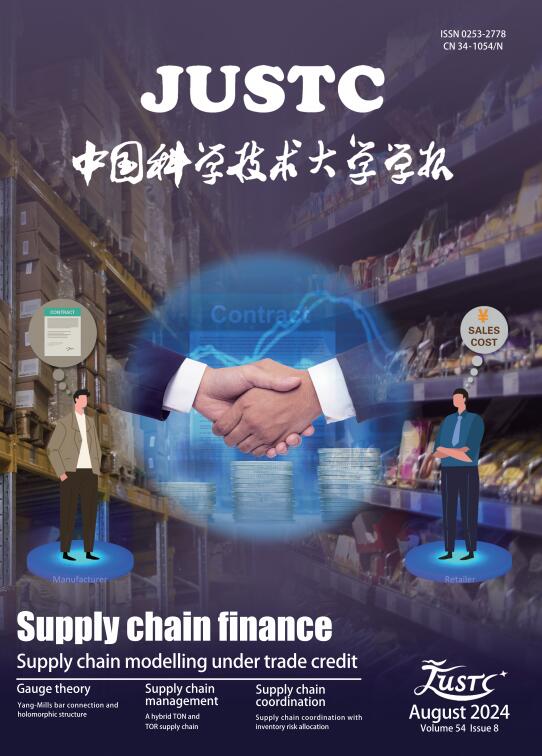Abstract:
To break the confines of the traditional dynamic creatures design, researchers have proposed a new computable, interactive and “motion-to-form” design method, combined with material analysis, kinematic and mechanics simulation, model segmentation, structural analysis and layout, collision detection, and rapid 3D printing prototyping technology to automatically simulate the dynamic structure design and manufacturing process. It allows causal users to design and fabricate their personal dynamic creatures with rich motion, which greatly simplifies the structural design and saves the design costs. Although computational dynamic mechanics design has made great progress, it is still facing many challenges, such as physical simulation, mechanical analysis, environmental perception, etc. This review divides the existing research into micro, meso and macro multi-scale structure design based on the differences in material selection and structural design. Since the macro-scale design is the hottest, we further divide it into motion-driven, shape-driven and functioning-driven mechanics design, and introduce their features and shortcomings respectively. The future research of dynamic mechanics design is also discussed with the combination of emerging technology, user experience and scene applications.





